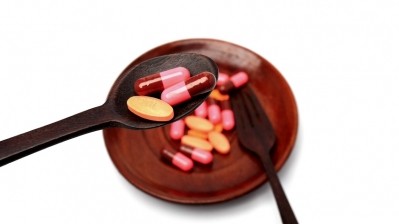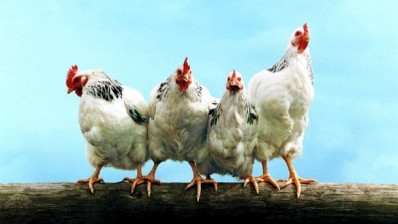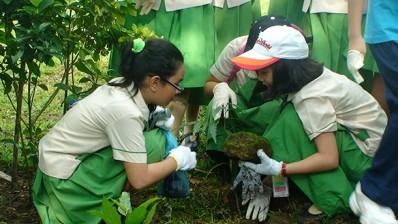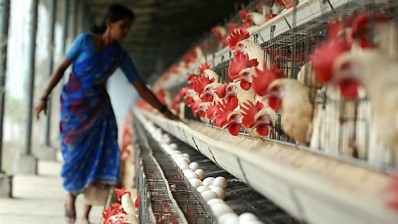India
Rampant poultry antibiotics use leading to greater bacteria resistance
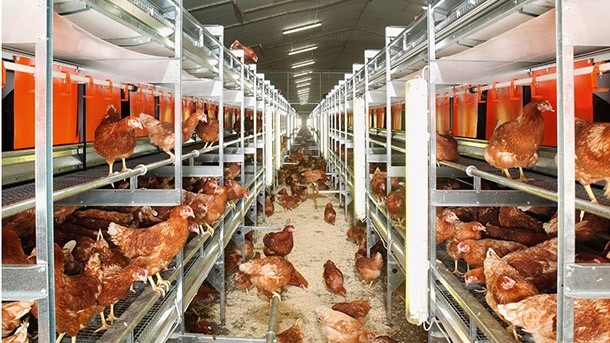
The New Delhi-based research and advocacy think-tank tested 70 tissue samples of chicken in New Delhi and the National Capital Region, finding that 40% of the samples were tainted with antibiotic residues.
The tests were for the presence of six antibiotics widely used in poultry: oxytetracycline, chlortetracycline and doxycycline (class tetracyclines); enrofloxacin and ciprofloxacin (class fluoroquinolones) and neomycin, an aminoglycoside.
Widespread use of antibiotics
Sunita Narain, CSE’s director general, said that the poultry industry freely uses antibiotics as growth promoters, so that chickens will gain weight and grow faster.
According to her deputy, Chandra Bhushan, public health experts have long suspected that such rampant use of antibiotics in animals could be a reason for increasing antibiotic resistance in India.
“But the government has no data on the use of antibiotics in the country, let alone on the prevalence of antibiotic resistance. Our study proves the rampant use and also shows that this can be strongly linked to growing antibiotic resistance in humans in India.”
According to CSE researchers, antibiotics are frequently pumped into chicken during a life cycle of 35-42 days as a drug to treat infections. These antibiotics are often mixed with feed and routinely administered, even when there are no signs of infection.
“Our study is only the tip of the iceberg. There are many more antibiotics that are rampantly used that the lab has not tested,” said Bhushan.
The think tank has claimed that large-scale misuse and overuse of antibiotics in chicken is leading to the emergence of antibiotic-resistant bacteria in the chicken itself, which are then transmitted to humans through food or the environment.
“Additionally, eating small doses of antibiotics through chicken can also lead to the development of antibiotic-resistant bacteria in humans,” the report said.
Transmission through food
The problem is compounded by the fact that many essential and important antibiotics for humans are being used by the poultry industry.
For example, there is growing evidence that resistance to fluoroquinolones such as ciprofloxacin is rapidly increasing.
“Treating fatal diseases like sepsis, pneumonia and tuberculosis with fluoroquinolones is becoming tough because microbes that cause these diseases are increasingly becoming resistant to fluoroquinolones,” said Bhusan.
CSE researchers pointed out that India’s poultry industry is growing at a rate of 10% per annum, with poultry accounting for more than 50% of all the meat consumed in India.
“India will have to adopt a comprehensive approach to tackle this problem. The biggest problem is the emergence of resistant bacteria in animals and its transmission through food and environment,” said Bhushan.
“Till the time we stop misusing antibiotics in animals, we will not be able to solve the problem of antibiotic resistance. For India, therefore, the priority should be to put systems in place to reduce the use of antibiotics in poultry and other food animals.”
